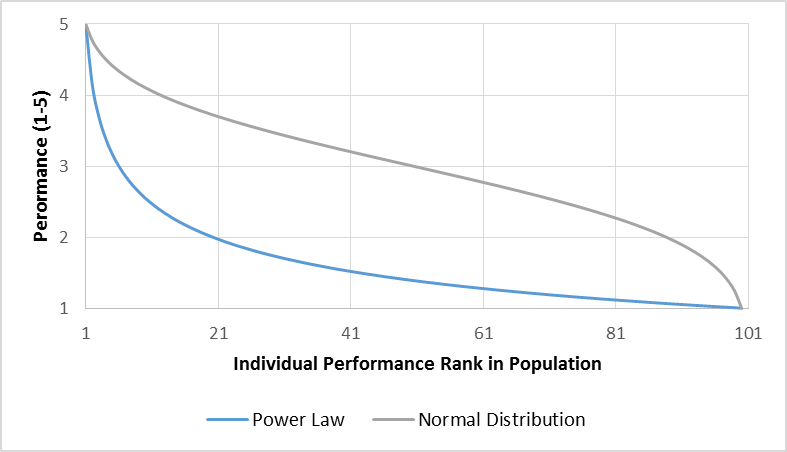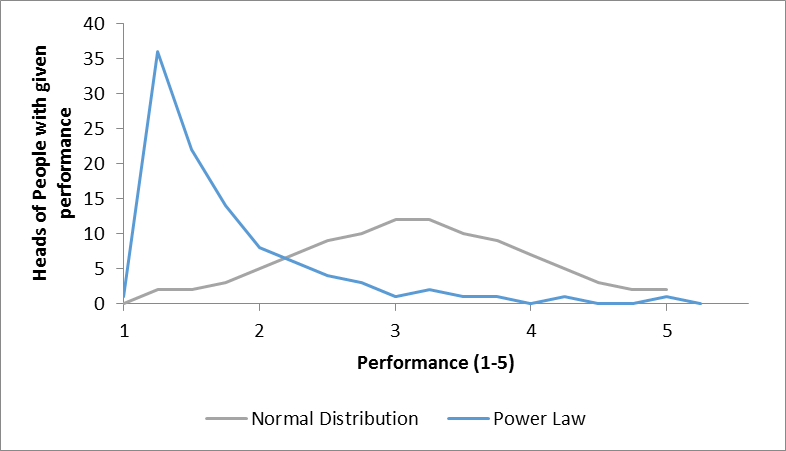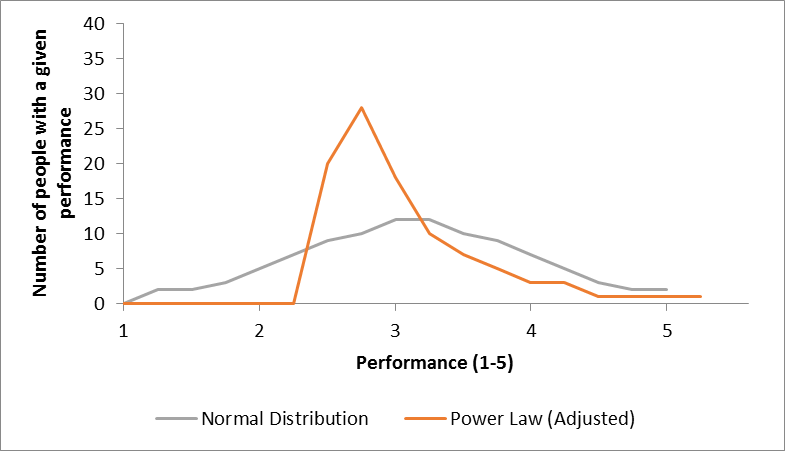As we have discussed before, the “Customer Journey” is a tool beloved of Marketing people: a near biblical process of revelation delivering an earth-shattering thrill and delight to the lucky consumer – in all, the full showmanship to make buying a salad into a creative “event”. Indeed, this hell of the “in-shop experience” was visited upon me again in M&S at Paddington Station on Monday evening, my bags hanging off my broad shoulders…
You may ask why I carry my bags when I could have all the convenience of a nice little wheeled travel trolley. And I answer:
1. I am taller than average (although not in the league of Optimus Prime), and the little trolleys give me backache as the handle is designed only for average height mortals and so I have to bend down to pull, an royal ergonomic PITA (or lower back)
2. Only little old ladies pull trolleys around…to go to the shops
…down this narrow alley of snackery and sugar-filled delights holding my pathetic little pile of greenery, sweeping all behind me off the shelves. Damn it!!!
And I forgot to pick up a fork in my rush to exit from the tills. So there’s the bug in the experience, the journey was not “joined up”, it was NOT a good experience for me, I was NOT thrilled, I was NOT delighted.
Thinking back across the years about the perennial search for efficiency in its many forms, you can see an evolution in the focus from Functional (early industrial), through Process Reengineering to Customer Experience (with a brief diversion through Excellence and Chaos, courtesy of Tom Peters).
In the 1980s, the essence was this below – joining up the broken bits of process…
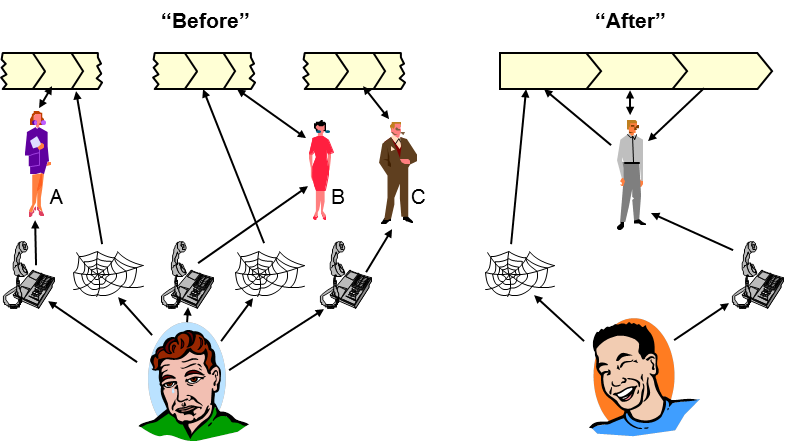
…so that a bloke in a blue jersey gets to be deliriously, insanely happy.
But whilst everybody was futzing with their processes, they were missing the big picture and that in some cases the processes where anyway stupid, idiotic and annoying and the organisation just shambled from one disastrous event to another making the customer really unhappy along the way, like this…
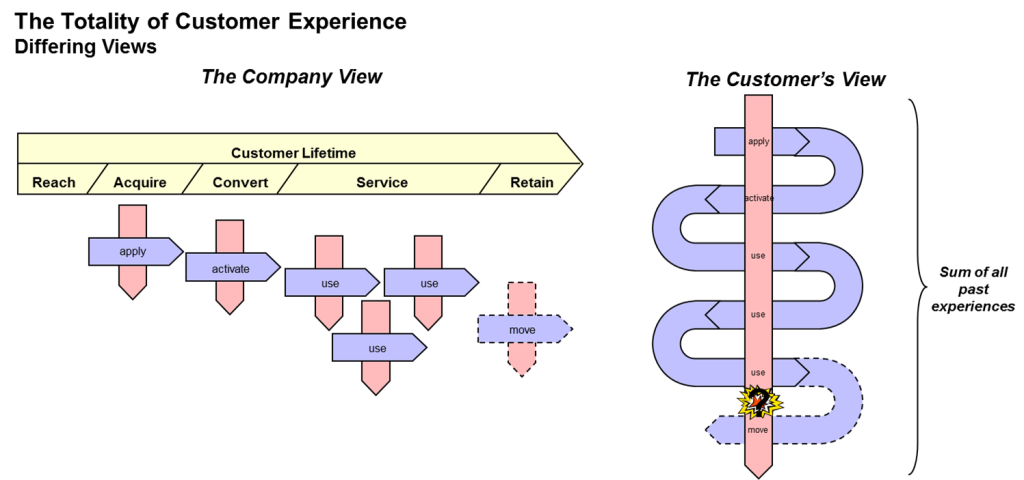
…because they needed to think outside-in (like the Customer), not inside-out (like a Company).
Then somebody had the bright idea to pull into a bit of control theory and cybernetics, and close the loop, so you get concepts like this virtuous cycle of analytical marketing…
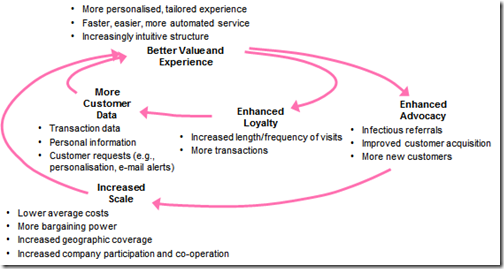
…and get pestered many times a day to complete yet another bl**dy survey.
M&S did not close the loop with me in my salad-based experience, their grizzly journey designed by trolls, gnomes and cockatrice, staffed by whey-faced minimum wage drudges and drones, toiling in their engine-room of despair.
Cloudy Big Iron and Big Data technologies now allow the feedback loop to be closed faster and in more ways than ever before, such that Amazon can now start shipping stuff before we know we want it…the Pre-Buying version of “Minority Report”’s Pre-Crime?
So where will it all end?
Maybe we can have Pre-Disposal where they ship the Pre-Broken consumer items direct to landfill…
…and “Pre-Paying” where they truncate the whole process and just take money from your bank for the stuff that you would have pre-bought…
…or there will be some sort of “howl round” when the positive feedback gets so intense the whole world just explodes in one enormous debauched orgasm of retail happiness. Wahooey!
Well, time will tell. Apropos, Salvador Allende was assassinated in Chile as some of his ideas offended some powerful enemies, thus consigning one of the great experiments in cybernetic social feedback systems to history…so there is one lesson to consider. And the meltdown of algorithmic automated trading systems, the never delivered promise of B2B eCommerce revenue forecasts from 2000, and don’t forget the weather, never forget the weather – a little bit of Chaos can through a massive stick into the bicycle wheel of predictive progress.
So let us continue this “Customer Journey Journey”, “Meta Journey” , or “Journey ^ 2” where it takes us, stepping out hopefully and with gladness and delight in our hearts, and a little small smile on our faces.
Yes, just like that


